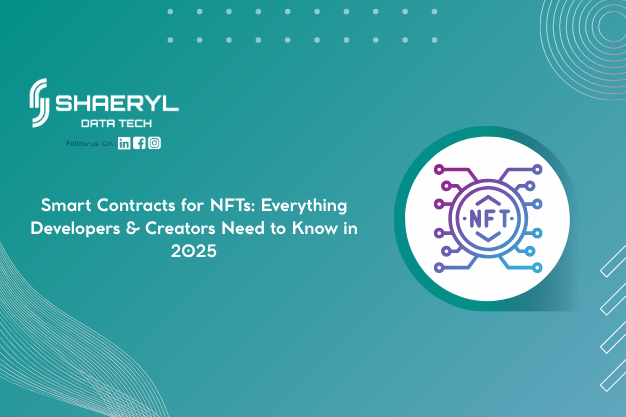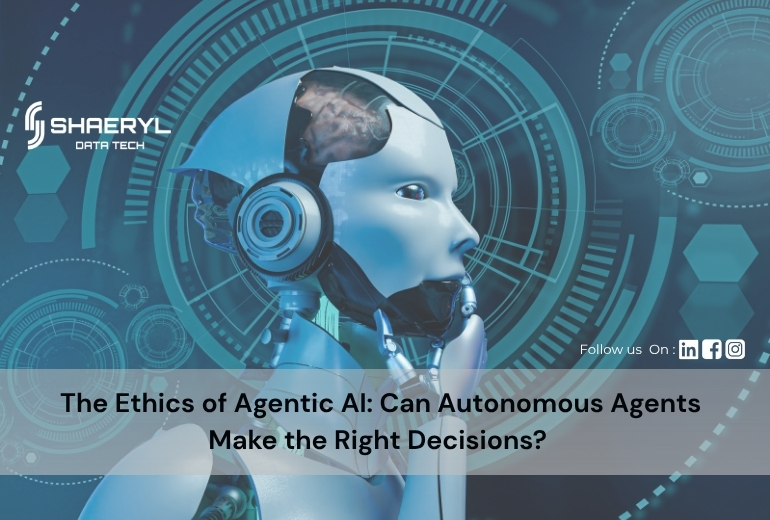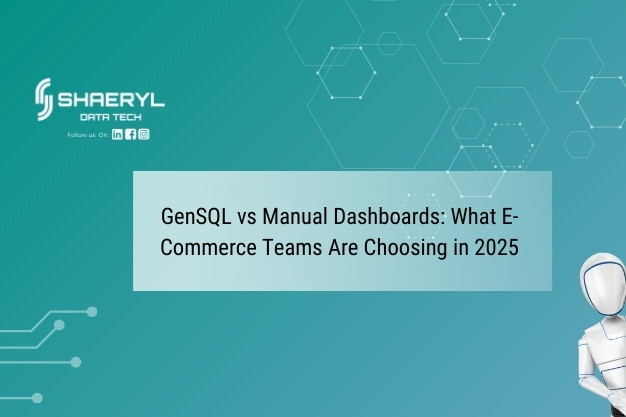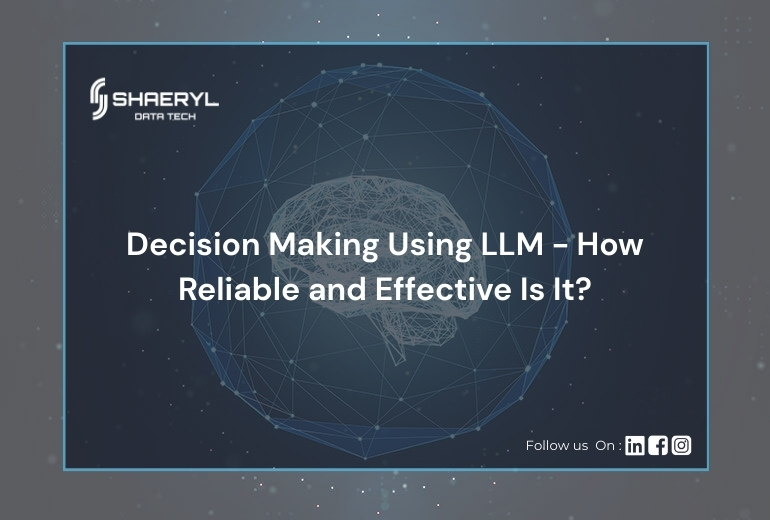In today’s hyper-competitive digital economy, data is the new oil—yet, for many enterprises, it remains locked away in departmental silos. The disconnect between marketing, sales, operations, HR, and customer service limits visibility, delays decision-making, and drains productivity. The answer? Enterprise AI.
What is Enterprise AI?
Enterprise AI refers to the integration of artificial intelligence into enterprise systems and workflows to automate processes, enhance decision-making, and unify data across departments. Unlike point AI solutions, Enterprise AI operates at scale—handling vast, varied datasets to drive company-wide transformation.
This involves a suite of technologies, including machine learning (ML), natural language processing (NLP), robotic process automation (RPA), predictive analytics, and data visualisation tools. Enterprise AI transforms disconnected data into actionable intelligence—at speed, and at scale.
According to a 2024 report by Deloitte, over 65% of global enterprises are now exploring or actively deploying Enterprise AI solutions across multiple departments. The momentum is unmistakable.
Another compelling statistic from Forrester Research shows that organisations implementing holistic Enterprise AI strategies outperform their siloed counterparts by 45% in customer retention and 37% in overall efficiency.
The Data Silo Problem: A Barrier to Growth
A recent study by IDC found that 68% of enterprise data remains unused. This is often because it’s stored in fragmented systems and applications. The result?
- Redundant operations
- Inconsistent reporting and KPIs
- Customer friction due to misaligned insights
- Delayed time-to-market for products and services
- Reduced agility during crisis management
The silo effect has far-reaching consequences beyond data loss. It cultivates organisational politics, fosters departmental rivalries, and hinders innovation. Without integrated data flows, strategic planning becomes reactive rather than predictive.
Enterprise AI breaks down these walls by enabling seamless data exchange, automated workflows, and unified intelligence across all departments.
How Enterprise AI Breaks Down Silos
- Centralised Intelligence for Everyone
Enterprise AI platforms aggregate structured and unstructured data from CRMs, ERPs, HRMS, marketing automation tools, and customer service databases to offer a 360-degree business view. For example, Salesforce Einstein integrates data from sales, marketing, and service channels to provide unified customer insights.
By turning every interaction point into a data source, Enterprise AI allows business leaders to zoom out and strategise at a macro level—or drill down to individual customer journeys. This democratisation of data access reduces miscommunication and aligns departmental goals.
- Real-Time Decision Making at Scale
AI algorithms can process millions of data points per second. Imagine a retail business where inventory data from warehouses syncs instantly with eCommerce platforms. Predictive models can then suggest when to restock, reprice, or reallocate inventory. According to McKinsey, predictive analytics in supply chains can cut logistics costs by up to 25%.
Additionally, real-time analytics supports agility. In crisis scenarios—like a market downturn or supply chain disruption—Enterprise AI can provide early warning signals, simulate various outcomes, and recommend optimal responses.
- Enhanced Collaboration Across Teams
Natural Language Processing (NLP)-powered chatbots and AI assistants make data accessible to non-technical users. These virtual agents can answer complex queries, generate reports, and even provide trend forecasts in plain English. This enhances data-driven collaboration between departments and reduces the dependency on IT teams.
Some AI platforms now support multilingual processing, which is a game-changer for global teams. By bridging language gaps, AI encourages more inclusive and collaborative innovation.
- Intelligent Automation of Workflows
Enterprise AI integrates with Robotic Process Automation (RPA) to automate end-to-end business processes. For example, an AI-powered finance bot can reconcile invoices, flag anomalies, and generate compliance reports—reducing manual errors and freeing up time for strategic work.
Other applications include automated onboarding in HR, AI-based contract review in legal departments, and AI-driven anomaly detection in cybersecurity. This systemic automation ensures consistency, compliance, and continuous improvement.
Data-Driven ROI: Enterprise AI by the Numbers
- 80% of business leaders say AI boosts productivity (PwC, 2024).
- Enterprises implementing AI at scale see a 3–5x return on investment within 2 years (Accenture).
- 74% of enterprises report faster decision-making due to unified data (Gartner, 2024).
- 61% of top-performing companies credit AI for enhanced strategic planning (MIT Sloan).
Moreover, companies that have successfully deployed Enterprise AI have seen:
- 30–50% reduction in manual data handling tasks
- 20–25% increase in cross-functional collaboration metrics
- 2–3x improvement in time-to-market for new products
An additional advantage is in sustainability reporting. Enterprises using AI to track and optimise carbon emissions have improved ESG scores by up to 35%.
Industry-Wise Impact of Enterprise AI
Supply Chain & Logistics
- Use Case: DHL uses Enterprise AI to optimise delivery routes, predict package delays, and dynamically reassign resources.
- Impact: 15% reduction in operational costs, 60% improvement in route accuracy, and faster last-mile deliveries.
- Bonus Insight: Amazon’s AI-powered warehouse robotics have helped increase fulfilment efficiency by over 30% year-over-year.
- Deep Dive: Advanced AI is also used to simulate complex scenarios like geopolitical disruptions or seasonal demand spikes, ensuring that logistics remain resilient and responsive.
Healthcare
- Use Case: Mayo Clinic deployed Enterprise AI to unify patient records across different EHR systems. AI now assists doctors in diagnosis and treatment planning.
- Impact: Improved diagnosis accuracy by 20%, reduced administrative overhead by 30%, and decreased patient wait times by 18%.
- Bonus Insight: According to HIMSS, AI in healthcare can help save $150 billion annually in the U.S. alone by 2026.
- Extended Benefit: Enterprise AI is also revolutionising drug discovery and clinical trials through intelligent molecule screening and outcome prediction.
Financial Services
- Use Case: JPMorgan Chase leverages an AI engine to detect fraud across millions of transactions in milliseconds. Data is unified from multiple customer touchpoints to flag suspicious patterns.
- Impact: Saved over $150 million in fraud-related costs in 12 months. Boosted fraud detection accuracy by 42%.
- Bonus Insight: A Gartner study revealed that 54% of banking executives consider Enterprise AI crucial for regulatory compliance and operational risk mitigation.
- Trend Alert: With the rise of blockchain, Enterprise AI is being used to monitor crypto transactions for AML (Anti-Money Laundering) purposes in real time.
Manufacturing
- Use Case: Bosch implemented AI to unify data across multiple manufacturing units. The platform analyses sensor data, maintenance logs, and production reports.
- Impact: 10% rise in equipment uptime, 40% improvement in predictive maintenance efficiency, and millions saved in avoided downtime.
- Bonus Insight: Enterprises using AI for smart manufacturing report a 25% increase in productivity, according to Capgemini.
- Real-Time Add-On: AI is also used for digital twin simulations, allowing manufacturers to test new workflows and materials in a risk-free environment.
Customer Experience & Contact Centres
- Use Case: Vodafone deployed an Enterprise AI solution to unify customer interaction data from call centres, social media, chatbots, and field service.
- Impact: 25% drop in churn rate, 40% boost in Net Promoter Score (NPS), and improved first-call resolution rates.
- Bonus Insight: AI-enabled customer service agents can reduce average handling time by up to 50%, enhancing both efficiency and satisfaction.
- Future-Forward: Sentiment analysis via NLP helps brands proactively identify at-risk customers and tailor engagement strategies.

Getting Started: A Framework for Adopting Enterprise AI
- Audit Your Data Silos – Identify disconnected systems and departments.
- Define Cross-Functional Objectives – Prioritise use cases like customer 360, inventory sync, or predictive hiring.
- Choose the Right Platform – Opt for AI platforms that support APIs, real-time analytics, and multi-cloud environments.
- Start Small, Scale Fast – Begin with one high-ROI use case and expand.
Case Study: How One Retail Giant Unified Their Business
Client: Global Fashion Retailer
Challenge: Siloed inventory, marketing, and POS data
Solution: Enterprise AI platform integrating all systems
Results:
Reduced inventory holding costs by 32%
Increased campaign ROI by 27%
Boosted sales forecasting accuracy by 45%
Tools & Technologies Powering Enterprise AI
- Databricks for unified data lakes
- Snowflake for scalable data warehousing
- IBM Watson and Azure AI for model building
- Power BI/Tableau for visualising unified insights
- ChatGPT-based enterprise chat interfaces
Is Your Enterprise Ready?
You’re collecting more data than ever—but are you using it effectively?
Enterprise AI isn’t just a buzzword. It’s a competitive advantage. The businesses that unify their data today will outpace their competitors tomorrow.
Ready to Transform Your Enterprise?
Let our experts help you deploy a custom Enterprise AI solution tailored to your business goals. Whether you’re in healthcare, finance, retail, or logistics—we’ll connect your data, teams, and results.










